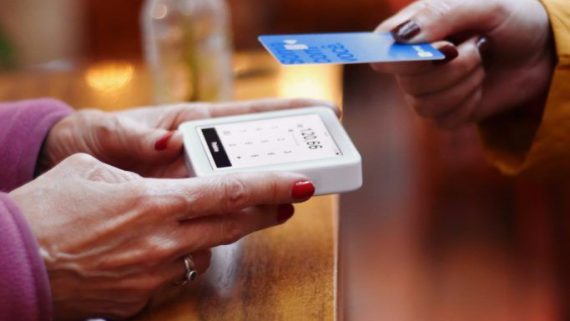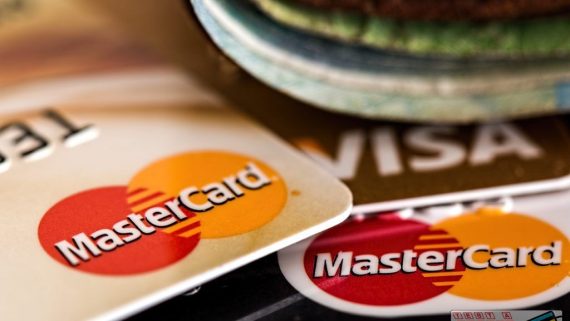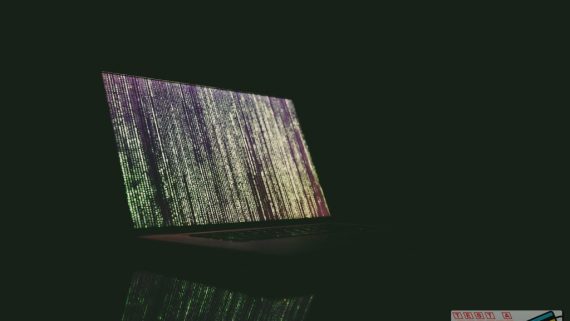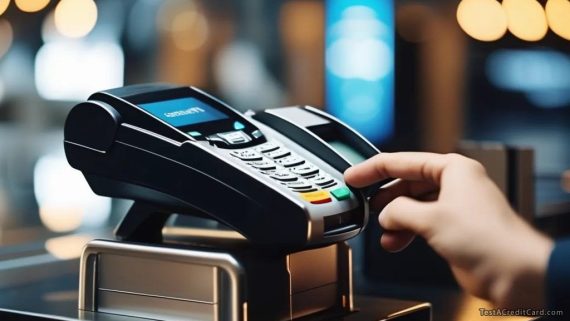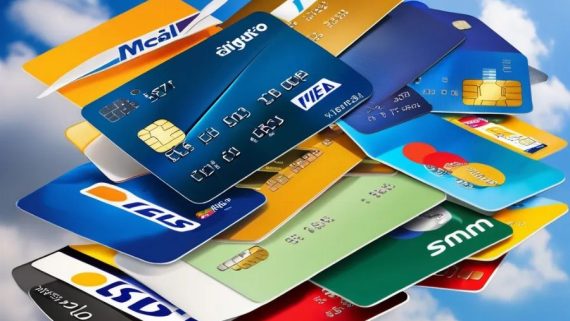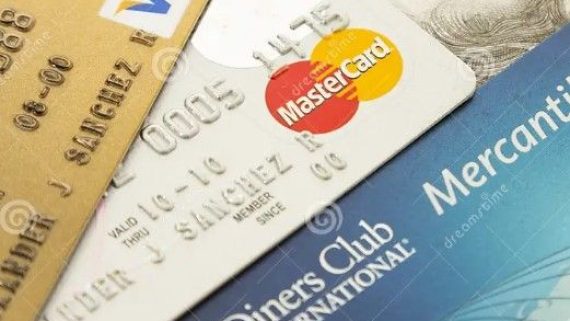Intro
Credit card scams have been a menace to consumers and financial institutions for decades. Over the years, cybercriminals have devised various sophisticated methods to deceive and defraud unsuspecting individuals, causing significant financial losses and disruptions. Among the most famous credit card scams is the notorious “Operation Get Rich Quick,” which not only impacted millions of people but also shed light on the vulnerabilities within the global financial system.
The “Operation Get Rich Quick” Scam
 In the early 2000s, a group of hackers and fraudsters orchestrated what would become one of the most infamous credit card scams in history. The mastermind behind the operation was known by the pseudonym “Max Vision,” a computer expert with an in-depth understanding of cybersecurity and network vulnerabilities.
In the early 2000s, a group of hackers and fraudsters orchestrated what would become one of the most infamous credit card scams in history. The mastermind behind the operation was known by the pseudonym “Max Vision,” a computer expert with an in-depth understanding of cybersecurity and network vulnerabilities.
The modus operandi of the “Operation Get Rich Quick” scam involved compromising the security of financial institutions, e-commerce platforms, and even government databases to gain access to vast amounts of credit card data. Max Vision and his team employed various techniques, including phishing attacks, malware distribution, and SQL injection, to breach the systems of targeted organizations.
Once inside, the fraudsters extracted credit card information, including card numbers, expiration dates, and cardholder names. The stolen data was then either sold on the dark web to other criminal organizations or used directly to make fraudulent purchases and cash withdrawals.
Impact and Consequences
 The scale and audacity of the “Operation Get Rich Quick” scam were unprecedented. The scam affected millions of credit card holders worldwide, leading to financial losses in the hundreds of millions of dollars. Moreover, it caused severe damage to the reputation and trustworthiness of the institutions targeted, exposing their vulnerability to cyberattacks and data breaches.
The scale and audacity of the “Operation Get Rich Quick” scam were unprecedented. The scam affected millions of credit card holders worldwide, leading to financial losses in the hundreds of millions of dollars. Moreover, it caused severe damage to the reputation and trustworthiness of the institutions targeted, exposing their vulnerability to cyberattacks and data breaches.
The consequences extended beyond financial losses, as many victims faced emotional distress and reputational damage due to the unauthorized use of their credit card information. Additionally, the incident led to heightened concerns over cybersecurity, prompting both individuals and institutions to invest more in safeguarding personal data and financial transactions.
Unraveling the Scheme
Despite its complexity, the “Operation Get Rich Quick” scam eventually came under the radar of law enforcement agencies and cybersecurity experts. The relentless efforts of investigative teams, working in collaboration across borders, culminated in the arrest of Max Vision and other key members of the criminal network.
Max Vision was eventually found guilty on multiple counts of identity theft, credit card fraud, and computer-related crimes. He was sentenced to a lengthy prison term, serving as a stark warning to cybercriminals worldwide.
Lessons Learned
The “Operation Get Rich Quick” scam highlighted the critical need for robust cybersecurity measures and heightened vigilance within the financial industry. Institutions have since taken substantial steps to bolster their security protocols, enhance data encryption, and implement multi-factor authentication to protect sensitive information.
Individuals are now more cautious when providing personal data online and are encouraged to regularly monitor their credit card statements for any suspicious activity. Moreover, awareness campaigns and educational initiatives have been launched to inform the public about potential scams and fraudulent schemes.
Conclusion
The “Operation Get Rich Quick” credit card scam remains etched in history as one of the most infamous and devastating cyber crimes ever committed. It exposed vulnerabilities in the global financial system, prompting a wake-up call for institutions and individuals alike. While the incident had far-reaching consequences, it also led to significant improvements in cybersecurity practices and emphasized the importance of staying vigilant in an increasingly digital world. By learning from past incidents, we can better protect ourselves against future threats and create a safer environment for financial transactions and personal data management.


